Agile vs. Waterfall: Choosing the Best Methodology for Your Project
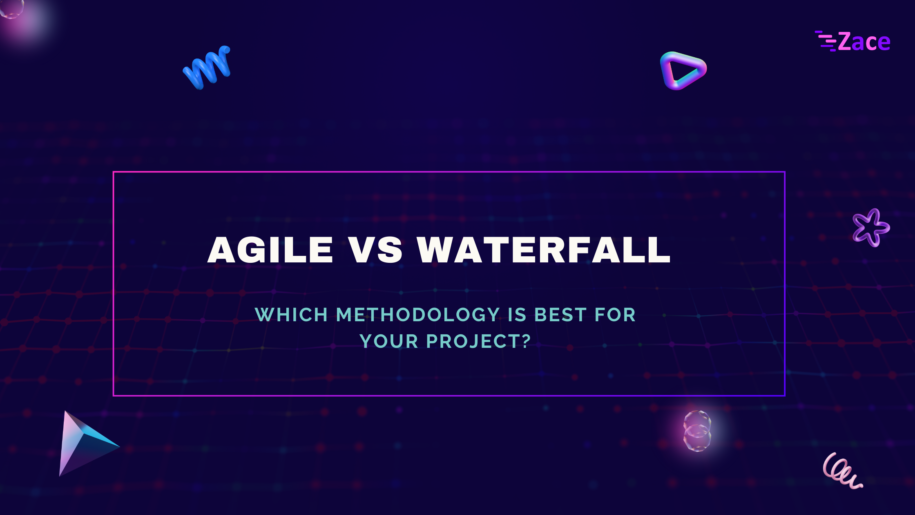
Comments are closed.

As project managers and developers, selecting the right project management methodology is crucial for success. Two popular approaches, Agile and Waterfall, have been widely adopted, but which one suits your project best? In this article, we’ll delve into the differences, benefits, and limitations of each methodology, helping you make an informed decision.

Agile Methodology is an iterative approach to software development and project management that focuses on delivering small, incremental changes rather than a complete product at the end. It emphasizes flexibility, collaboration, customer feedback, and rapid adjustments to changing requirements.
Agile promotes continuous improvement and adaptive planning throughout the project lifecycle. It’s ideal for projects with changing requirements, prioritizing speed and adaptability.
Waterfall Methodology is a linear and sequential approach to software development and project management. It involves distinct phases such as requirements gathering, design, implementation, testing, and maintenance, where each phase must be completed before moving on to the next.
This method is less flexible, as changes are difficult to implement once a phase is completed. It’s suitable for projects with well-defined requirements, emphasizing predictability and control.
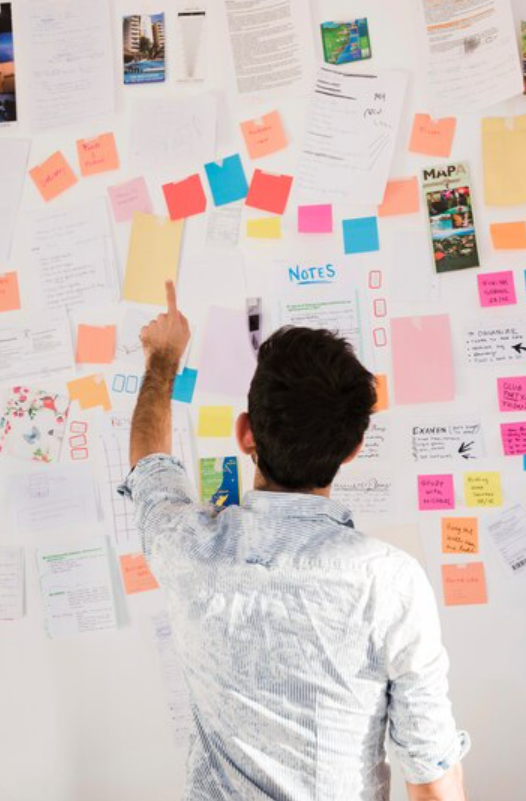
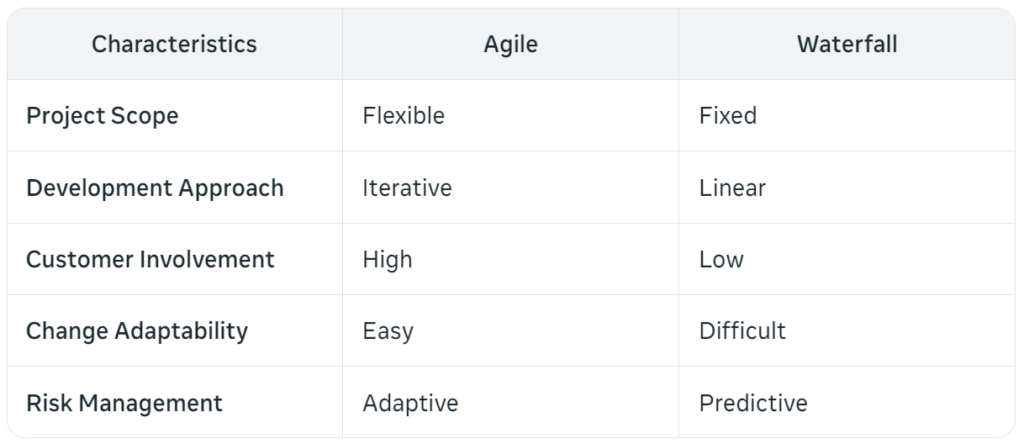
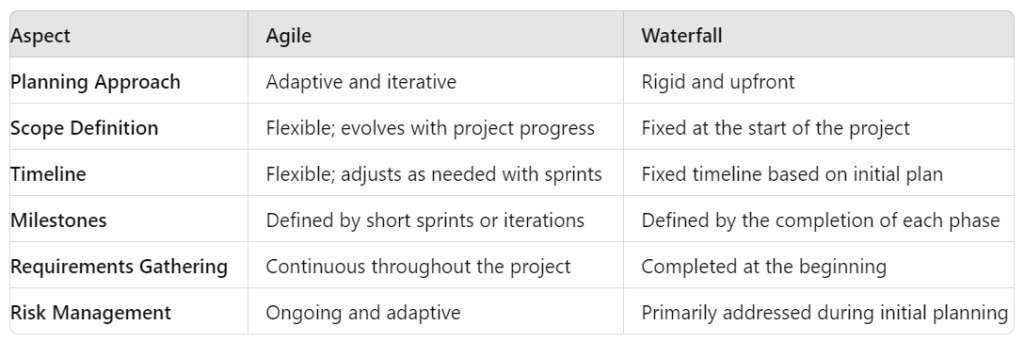
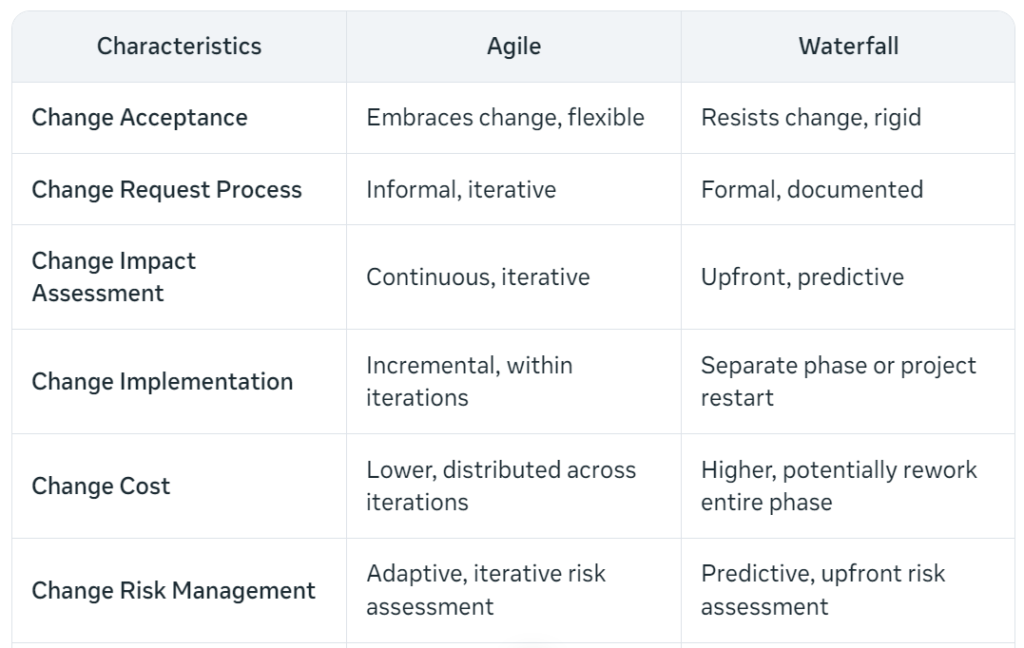
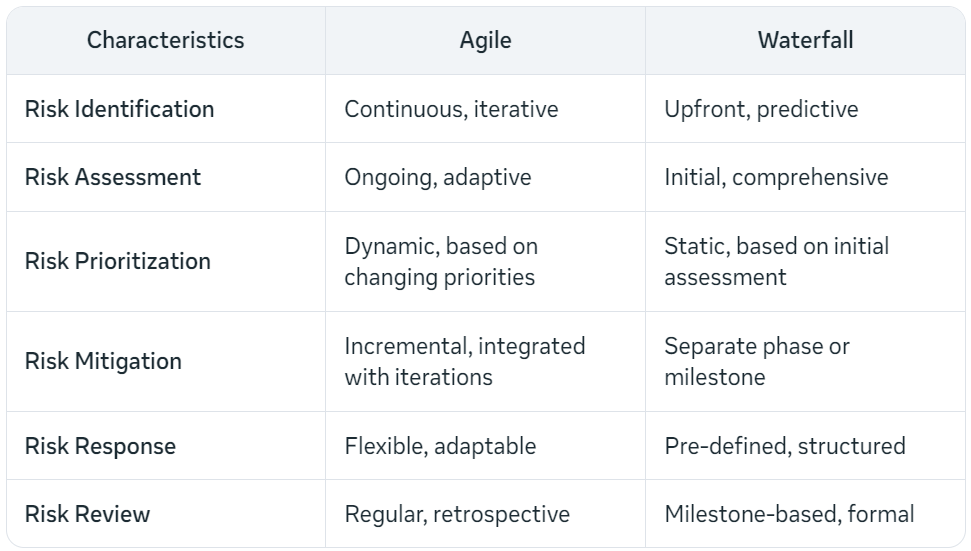
Agile and Waterfall methodologies cater to different project needs. So, what are the factors that determine which methodology suits your project?



Agile and Waterfall methodologies each have distinct strengths, making them suitable for different types of projects. Agile excels in projects where flexibility, frequent feedback, and adaptability are crucial, such as in fast-paced environments or when requirements may evolve over time. In contrast, Waterfall is ideal for projects with well-defined, stable requirements and a clear path to completion.
By assessing your project’s unique characteristics—such as its complexity, scope, timeline, and team dynamics—you can determine which methodology best aligns with your goals. In some cases, a hybrid approach, blending Agile’s adaptability with Waterfall’s structure, can provide a balanced solution, ensuring that the project meets its objectives efficiently while allowing room for necessary adjustments. Understand the work mode difference, and select the best approach for your project’s unique needs and team dynamics.